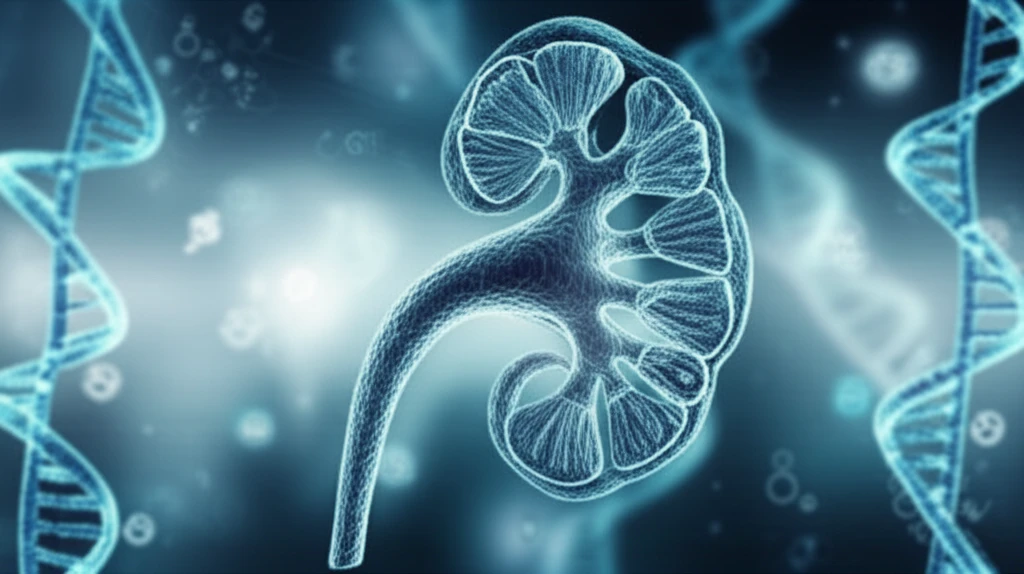
Decoding Diabetic Nephropathy: Are Your Genes at Risk?
"Unraveling the genetic factors behind diabetic kidney disease and what it means for you."
The rise in diabetes cases has brought with it a surge in chronic complications, notably diabetic nephropathy (DN), or kidney disease. Beyond its common occurrence, DN significantly raises the risk of cardiovascular diseases, making it a major health concern.
Scientists now recognize that our genes play a crucial role in whether we develop DN. Individuals with a genetic predisposition may find themselves more susceptible to kidney damage when exposed to environmental risk factors. The condition is complex, likely involving multiple genes working together.
Researchers have been employing two main strategies to pinpoint the genes linked to DN. These include scrutinizing candidate genes and conducting genome-wide scans. Though progress has been made, the specific genes and their impact can vary across different populations.
Why Understanding Your Genes Matters in Diabetic Nephropathy

Identifying the main genes involved in DN could revolutionize how we approach diabetes care. By knowing which individuals are at high risk, doctors can implement early interventions and preventative measures. This proactive approach aims to reduce the disease's burden and improve overall outcomes.
- Monogenic Form: DN results from mutations in a single, dominant gene.
- Oligogenic Form: A few genes with mutations/polymorphisms independently and cumulatively increase the risk.
- Polygenic Form: Many DNA locations with smaller alterations add up to influence DN development.
Looking Ahead: The Future of Diabetic Nephropathy Research
Clinical and epidemiological evidence confirms that genetics play a role in DN. However, no single gene fully explains the condition. Studies identifying related genes or genomic regions have been inconsistent, likely due to different populations and various genetic factors. Further research should seek genes, and acknowledge that multiple genes are probably involved, possibly interlinked. Joint efforts are essential to achieve more robust findings.
